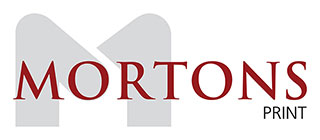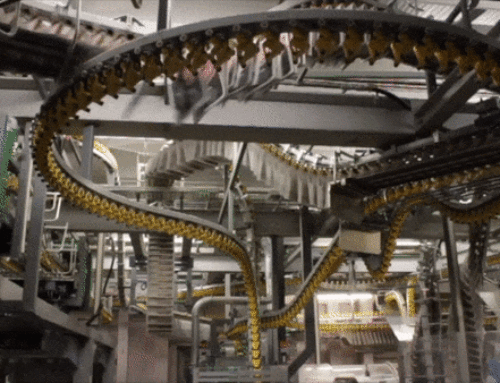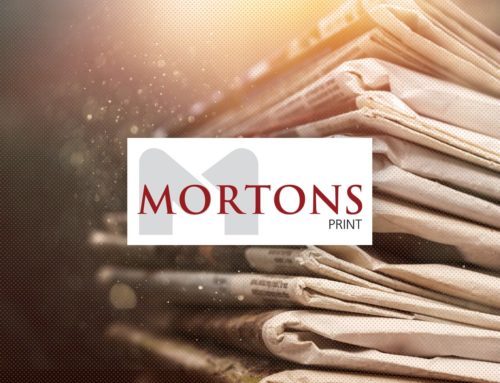THE EDITOR’S CHAIR: Your January PJ explores the many ways we can make more from our printed products, says Gary Cullum
OKAY, so I know Christmas is over, but you should receive this January issue of PJ on Twelfth Night so it’s quite all right that my Christmas trees are still up in the office. That should appease even the most superstitious PJ reader.
The keen-eyed among you will notice that our office trees (pictured) are made of print on paper. One is actually a copy of BBC Good Food magazine and the other is Woman and Home. And before you ask, the titles’ regular readers are PJ deputy editor Jennifer Saunders and Mrs Cullum.
Each tree took about an hour to create by folding the pages in turn while also watching some pre-Christmas TV in my case – or listening to The Archers omnibus in Jennifer’s.
As a result, we have two Christmas trees for the office that serve to confirm the argument that print is so versatile. It is tactile, robust, and print is resilient in so many ways. Print can be reused and recycled. Try turning your not-so-smartphone into a Christmas tree – or your iPad or laptop.
Later this week, the Cullum Publishing trees will be recycled – and we’ll make fresh ones next year. Maybe next December I’ll give them a dose of Nordmann non drop scented spray.
Talking of resilience, under the heading ‘New Year’s resolution’, PJ’s Caryl Holland reports on pages 9 and 10 that print is far from dying – and explains how print has many more ways than ever to thrive in 2020. Get the overall offering right – especially the content – and consumers will pay more for less, she writes.
International news media publishers are discovering that if you get it really right print subscriptions can generate up to four times as much revenue as digital subscribers.
And on page 3, top agency man Steve Goodman looks at what news media publishers need to be doing to survive and prosper in the Roaring 20s. While on page 17, Jonny Kaldor of publishing platform Pugpig says publishers now need to focus on developing their own direct to consumer propositions.
And like me, he believes readers’ propensity to pay for quality journalism will return, allowing the best publishers to build successful subscription and membership businesses.
***
Governments engrossed in impeachment and Brexit have thus far failed to tackle the might of the tech giants, and I don’t see action yet on the horizon. But it is my hope that the overwhelming dominance of the tech giants will be tackled sooner rather than later as we move into the 2020s.
When Boris’s Brexit is done, maybe the Government will prioritise the support required, particularly by Britain’s regional and local news media. It’s not just the stranglehold the tech giants have on the ad marketplace, but also the negative noise and distraction associated with social media.
As PJ went to press it was heartening to see the Advertising Standards Authority criticising a vaping brand for breaking the rules around the public promotion of products containing nicotine – especially as one of the ads for British American Tobacco (BAT) was an Instagram post that fell foul of controls to protect easily influenced young people.
Here’s hoping we see more action this year to bring the tech giants to order with more monitoring and assessment of their noisy output.





